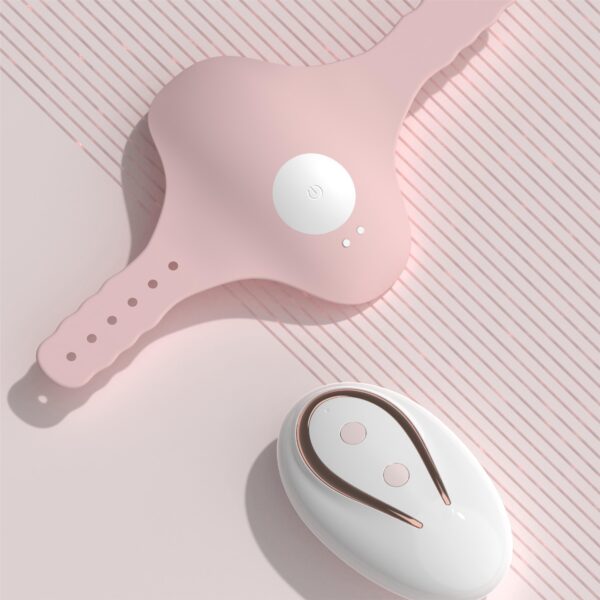The journey of vibrators from their inception as medical devices to their current status as popular pleasure products is a fascinating tale of innovation, societal change, and sexual liberation. This article delves into the historical context, technological advancements, and cultural shifts that have shaped the evolution of vibrators.

Historical Context: The Birth of Vibrators
The origins of vibrators can be traced back to the late 19th century when they were initially developed as medical instruments. During this period, doctors used vibrators to treat women diagnosed with "hysteria," a condition believed to cause anxiety, irritability, and other symptoms. The treatment involved inducing "hysterical paroxysm" (orgasm) to relieve these symptoms. Early vibrators were bulky, mechanical devices powered by steam or electricity, and were used exclusively in clinical settings.
Technological Advancements: From Steam to Silicone
As technology advanced, so did the design and functionality of vibrators. The early 20th century saw the introduction of more compact and user-friendly models. By the 1920s, vibrators had become available for home use, marketed as health and wellness devices. The advent of battery-operated vibrators in the mid-20th century further revolutionized their accessibility and convenience.
In recent decades, the materials and technology used in vibrators have continued to evolve. Modern vibrators are often made from body-safe silicone, offering a range of features such as multiple vibration settings, rechargeable batteries, and even app-controlled functionality. These innovations have transformed vibrators into sophisticated pleasure products designed to enhance sexual wellness and satisfaction.
Cultural Shifts: From Taboo to Acceptance
The cultural perception of vibrators has undergone a significant transformation over the years. Initially shrouded in secrecy and taboo, vibrators were often associated with shame and embarrassment. However, the sexual revolution of the 1960s and 1970s played a pivotal role in challenging these stigmas. Feminist movements advocated for sexual liberation and the right to sexual pleasure, leading to a more open and accepting attitude towards vibrators.
Today, vibrators are widely recognized as tools for sexual empowerment and self-exploration. They are openly discussed in mainstream media, featured in popular TV shows and movies, and sold in a variety of retail settings, from specialty boutiques to online stores. This shift in cultural attitudes has contributed to the normalization and destigmatization of vibrators.
The Modern Landscape: A Diverse Market
The contemporary market for vibrators is diverse and inclusive, catering to a wide range of preferences and needs. There are vibrators designed for solo use, couples, and even specific anatomical features. The industry has also seen a rise in gender-neutral and inclusive designs, reflecting a broader understanding of sexuality and pleasure.
Moreover, the conversation around vibrators has expanded to include discussions on sexual health and wellness. Experts emphasize the benefits of vibrators in enhancing sexual function, reducing stress, and improving overall well-being. This holistic approach underscores the importance of vibrators as more than just pleasure products but as integral components of a healthy sexual lifestyle.
Conclusion: The Ongoing Evolution
The evolution of vibrators from medical devices to pleasure products is a testament to the dynamic interplay between technology, culture, and sexuality. As societal attitudes continue to evolve and technological innovations emerge, the future of vibrators promises to be even more exciting and inclusive. By understanding this rich history, we can appreciate the significance of vibrators in promoting sexual wellness and empowerment.








